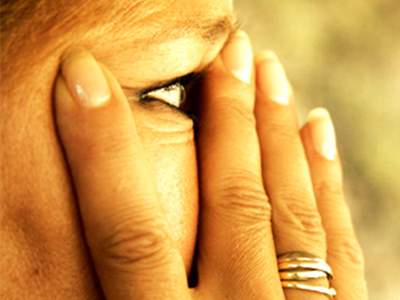
Latinos in Oakland’s Fruitvale and San Antonio neighborhoods believe that violence on television and radio contributes to violence at home and in the community, according to a survey by La Clínica de la Raza, Inc. A total of 88 percent of survey participants believe that television programs promote violence while 50 percent believe that radio programs promote violence.
Participants added that
Latino talk shows such as Cristina and Laura promote violence in the community:“[Talk shows] have violent scenes in them. For example, in the show Laura, when a woman comes on stage and attacks another woman who she believes took her husband from her. All those programs need to pick explosive topics to make money and they show violence.”
The survey is part of La Clinica’s Proyecto Cambio, which is aimed at mobilizing Oakland’s Latino community to address factors that promote intimate partner violence, domestic violence, and general violence in the community. The survey report references several types of violence, including physical violence such as beating or pushing, and sexual violence such as forceful sexual interaction or rape.
Proyecto Cambio members took inventory of violent situations in popular Spanish media:
TV Novelas and News
Univisión - Most violent situations identified included conversations (20%) and discussions (33%) between adults (99%). Physical violence (60%) and verbal /emotional /psychological (40%) violence were most frequently identified.
Telemundo - Most violent situations identified were conversations (91%) and fights (9%).
Radio
El Piolin - Most violent situations identified were conversations (64%) and jokes (39%) between adults (94%). Sexual (67%), verbal /emotional /psychological (46%), and “machista” (30%) violence were identified most often.
La Bronca - Most violent situations identified were conversations (77%) and jokes (23%) between adults (100%). Sexual (100%), verbal /emotional /psychological (39%), physical (39%), and “machista” (30%) violence were most identified.
Being aware of violence in media and its effect on everyone doesn’t guarantee that people, especially parents, will always take responsibility for how their behavior influences their children. One survey participant said that she agrees that parents are the primary source, but that, “television and video games have a lot of violence in them that affects the [children].”
A comment from one survey participant represents the action and choices that many parents do take to limit the negative influence of media.
“I don’t let my children watch novelas because I know everything that happens in them.”
“While many respondents felt that parents play an important role in mitigating the effects of violent images, they welcomed policies and programming by the media that promoted positive community messages,” states the survey report. Depending on your personal view of free speech and censorship, media companies and government should or should not take a greater share of the responsibility to protect people from the harmful aspects of TV or radio that they turn on every day. Whether or not media companies and government do take greater responsibility, the best and easiest ways for people to take more responsibility are usually the simplest – turn it off.
